Syn.: Anemone borealis Richardson, Anemone cuneata Schltdl., Anemone cuneifolia Juss., Anemone indeterminata Banks ex Walp., Anemone parviflora var. grandiflora Ulbr., Anemone tenella Banks ex Pritz., Anemone trilobata Pers.
Family: Ranunculaceae Juss.
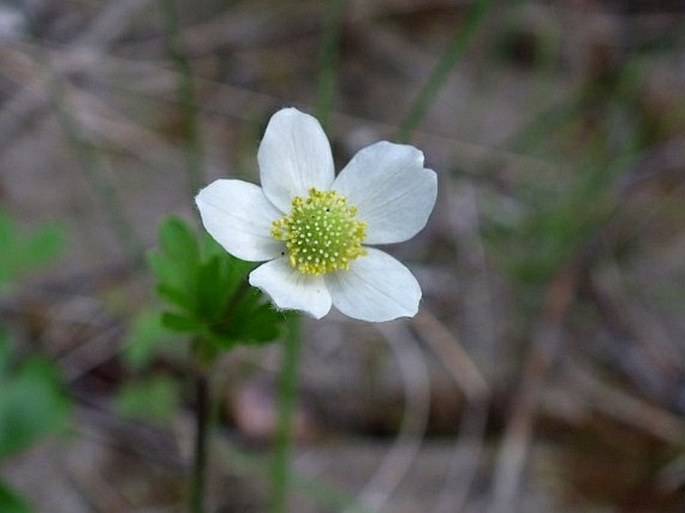
Distribution: Mainly North American species found from Alaska across all Canadian provinces and territories. In US found in the states of Washington, Idaho, Montana, Oregon, Wyoming, Colorado and Utah. It is reported from Russian Far East as well (Kamchatka, Magadan).
Ecology: Wet meadows and rocky slopes, along streams from sea level to 3800 m of elevation. Blooms in June and July.
Description: Perennial herb, 5–30 cm tall, slightly hairy, from caudices on a slender rhizome. Basal leaves 1–5, ternate, petiole 1–10 cm, terminal leaflet cuneate, 5–13 × 5–22 mm, margins crenate to broadly serrate, lateral leaflets usually 1×-lobed or -parted; stem leaves similar, smaller, in whorls, sessile, surfaces pubescent or glabrous. Flower solitary, 2–3 cm across, on long peduncle, sepals 5–6, petal-like, white, often tinged with pink or blue; stamens and pistils numerous. Fruiting head globose, consisting of achenes, 2–2.5 mm long, densely woolly.
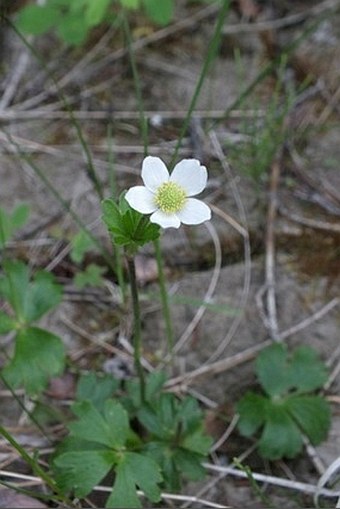
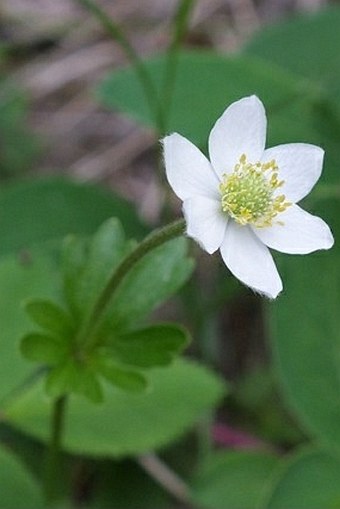
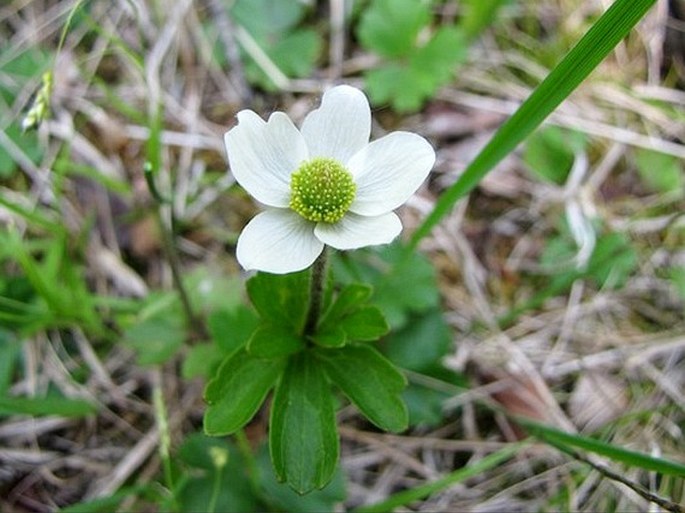
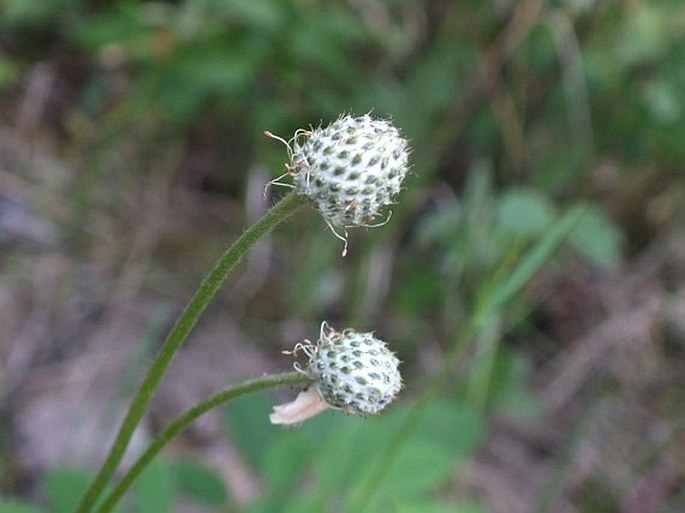
These images were taken in Canada, Alberta, Calgary, Edworthy Park (June 2015).


